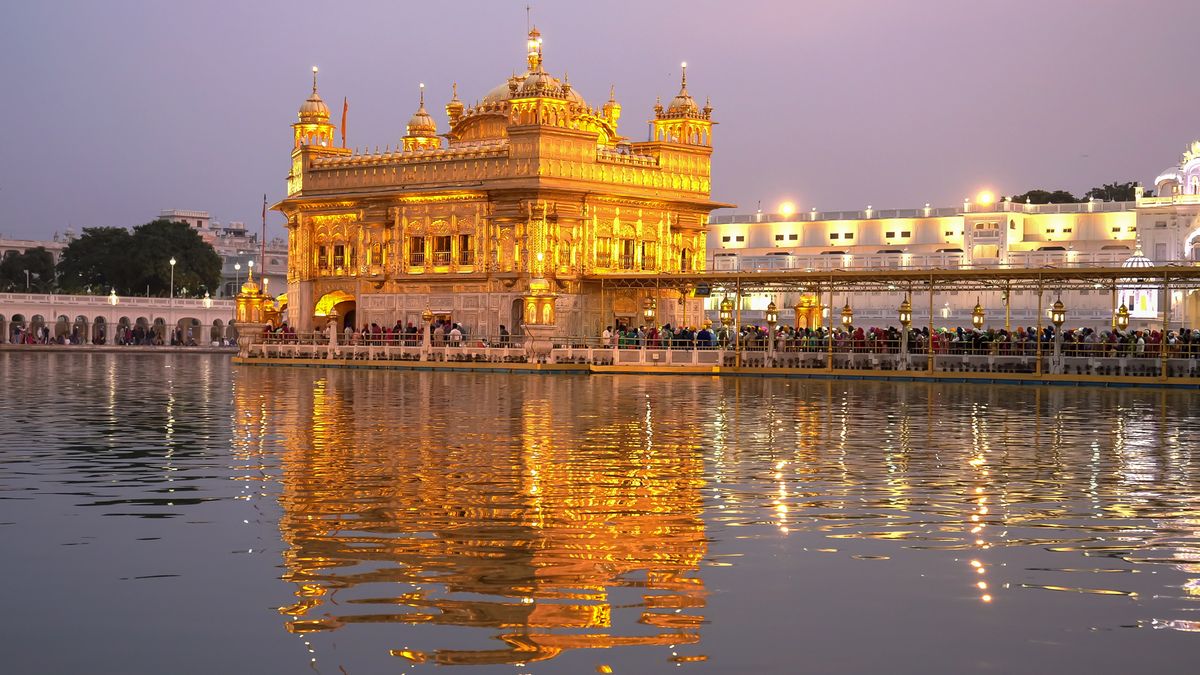Nepal is a developing country with extensive tourist facilities, which vary widely in quality and price. The capital is Kathmandu. Nepal ended a ten-year Maoist insurgency in November 2006 and established an interim government in January 2007. Since that time, the major political parties have been unable to come to an agreement on a new constitution. This stalemate has created an environment of political uncertainty. However a caretaker government is in place and the major political parties continue to negotiate to resolve this constitutional crisis. Nepal, officially the Democratic Republic of Nepal, is a landlocked sovereign state located in South Asia. With an area of 147,181 square kilometres and a population of approximately 27 million (and nearly 2 million absentee workers living abroad), Nepal is the world's 93rd largest country by land mass and the 41st most populous country. It is located in the Himalayas and bordered to the north by the People's Republic of China, and to the south, east, and west by the Republic of India. Specifically, the Indian states of Uttarakhand, Uttar Pradesh, Bihar, West Bengal, and Sikkim border Nepal, while across the Himalayas lies the Tibetan Autonomous Region. Nepal is separated from Bangladesh by the narrow Indian Siliguri corridor. Kathmandu is the nation's capital and largest metropolis.
The mountainous north of Nepal has eight of the world's ten tallest mountains, including the highest point on Earth, Mount Everest, called Sagarmatha (सगरमाथा) in Nepali. It contains more than 240 peaks over 20,000 ft (6,096 m) above sea level. The southern Terai region is fertile and humid. Lumbini, the birthplace of Lord Buddha, is located in this region.
Lumbini is one of the holiest places of one of the world's great religions, and its remains contain important evidence about the nature of Buddhist pilgrimage centres from as early as the 3rd century BC. Hinduism is practiced by about 80,3% of Nepalis, making it the country with the highest percentage of Hindu followers[citation needed]; Buddhism is linked historically with Nepal and is practiced by 11.9%, Islam by 4.4%, Kirat 3%, Christianity 1.4%, and animism 0.4%. A monarchy throughout most of its history, Nepal was ruled by the Shah dynasty of kings from 1768, when Prithvi Narayan Shah unified its many small kingdoms, until 2008; a decade-long Civil War involving the Communist Party of Nepal (Maoist) (Now known as the Unified Communist Party of Nepal (Maoist)) and several weeks of mass protests by all major political parties led to the 12-point agreement of November 22, 2005.
The ensuing elections for the constituent assembly on 28 May 2008 overwhelmingly favored the abolition of the monarchy and the establishment of a federal multiparty representative democratic republic.
Nepal Travel Guide
Top Destinations in Nepal

Kathmandu, Nepal
Kathmandu is the capital and largest urban agglomerate of Nepal. The agglomerate consists of Kathmandu Metropolitan City at its core, and its sister cities ... more

Pokhara, Nepal
Pokhara Sub-Metropolitan City is the second largest city of Nepal with 264,991 inhabitants and is situated about 200 km west of the capital Kathmandu. It serves... more
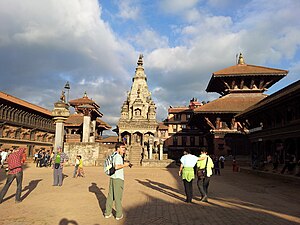
Bhaktapur, Nepal
Bhaktapur, also Bhadgaon or Khwopa, is an ancient Newar town in the east corner of the Kathmandu Valley, Nepal. It is located in Bhaktapur District in the ... more

Nagarkot, Nepal
Nagarkot is a village and Village Development Committee located 32 km east of Kathmandu, Nepal in Bhaktapur District in the Bagmati Zone. It is renowned for its... more
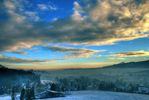
Dhulikhel, Nepal
Dhulikhel is the administrative centre of Kavrepalanchowk District, Nepal. At the time of the 2014 Nepal census it had a population of 16,263 people in 3,291 ... more
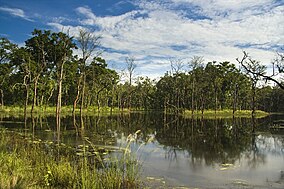
Chitwan, Nepal
Chitwan National Park is the first national park in Nepal. Formerly called Royal Chitwan National Park it was established in 1973 and granted the status of a ... more
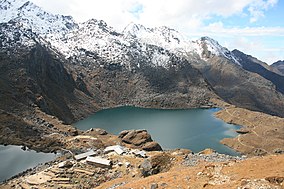
Langtang National Park, Nepal
The Langtang National Park is the fourth national park in Nepal and was established in 1976 as the first Himalayan national park. It is linked with the ... more
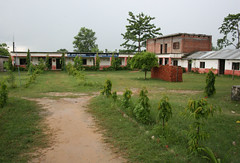
Bardiya, Nepal
Bardiya District, one of the seventy-five Districts of Nepal, is part of Bheri Zone and is headquartered at the city of Gulariya. Bardiya was part of Nepal ... more
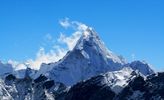
Mount Everest
Mount Everest, also known in Nepal as Sagarmāthā and in Tibet as Chomolungma, is the Earth's highest mountain. It is located in the Mahalangur section of the ... more

Ghorepani, Nepal
Ghorepani is a village in Myagdi District in the Dhawalagiri Zone of northern central Nepal. It lies 17 kilometres from the district capital of Baglung at an ... more


